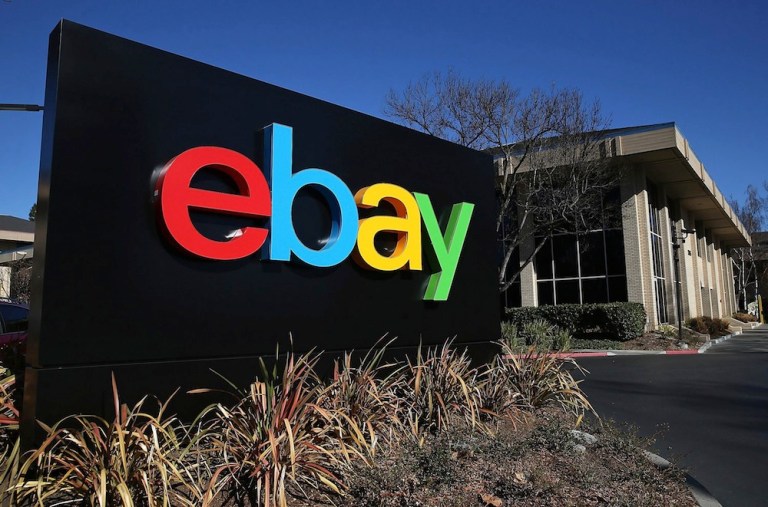eBay Takes Control Of Its Payments Destiny

In what was described by eBay as an effort to improve customer experience and offer sellers a more competitive cost structure, eBay announced news on Wednesday (Jan. 31) that it will intermediate payments through a multi-year implementation that may last through mid-2020.
This move marks a significant change in how buyers and sellers will interact and transact across the company’s online marketplace — namely, by letting shoppers complete their purchases within eBay’s website.
Thus: From eBay to payments ecosystem.
As part of the shift, the company said it signed a pact with Adyen to become eBay’s primary payments processor.
The eCommerce marketplace said PayPal will remain a payments option at checkout through this new intermediated model, which, the company said in its blog post, will extend into 2023.
Beyond the mechanics of the shift, in an interview with Karen Webster discussing the announcement, Scott Cutler, SVP of Americas at eBay, said the move was spurred by the company’s position as a leading global eCommerce player, which has given the company an opportunity to look closely at the payments and customer experience as part of its existing relationship with PayPal.
“As we look at the future evolution of the eCommerce experience, we wanted an opportunity to deliver a more seamless, frictionless experience to customers … open, seamless and flexible will be the experience for our buyers,” which number 170 million globally, he said.
Sellers on eBay, Cutler continued, can expect to see lower costs tied to payments processing. The company also said it’s working on centralizing information, spanning transactions and customer information, and helping expand the reach of those sellers into new geographies via localized payment options buyers in those markets will want to — and will, under the new structure, be able to — offer.
The company said eBay sellers will not need to change their accounts and can log in and manage listings on a daily basis. But they will need to provide the eCommerce firm with additional, as yet unspecified, payments-related data.
All eBay sellers will be transitioned to the new data requirements — and intermediated payment arrangements — no later than July 2021, the company said.
The long-tailed nature of the project signals a step up in investment, of course. In its blog post, eBay stated that it has been making “significant investments” to boost capabilities here, tied partly to a goal of having “a team of several hundred business, product and risk specialists” in place. Cutler remarked that bolstering “risk and trust” is a key part of the operational model that must support the eBay marketplace.
Data available to eBay as the buyer/seller intermediary will fuel the development and launch of innovative services and will fine-tune the customer experience for both buyers and sellers. The ability to directly collect funds from buyers and disburse them to sellers means the company will be in a position to have a better relationship with its customers, he explained.
Spearheading this effort is VP of Payments (and former PayPal executive) Alyssa Cutright and Jingming Li, VP of Payments Platform. Yvette Bohanan, VP of Risk Management, will lead the payments risk management team.
Noting that the direct relationship with buyers and sellers is the hallmark of every other leading online marketplace globally, eBay will now be, as Cutler termed it, “at the standard of every other marketplace.”